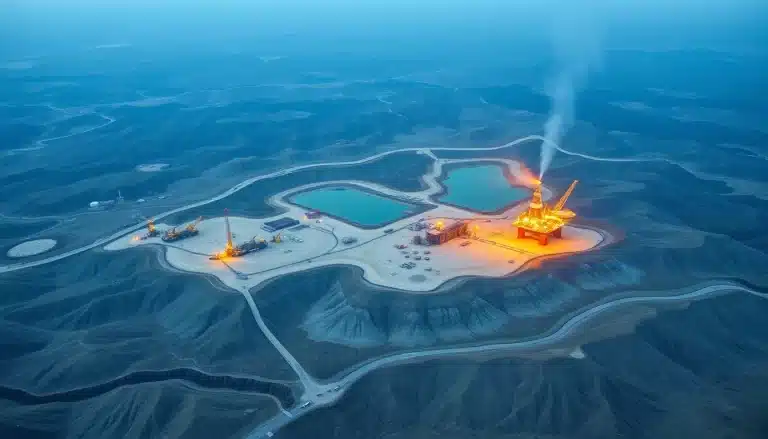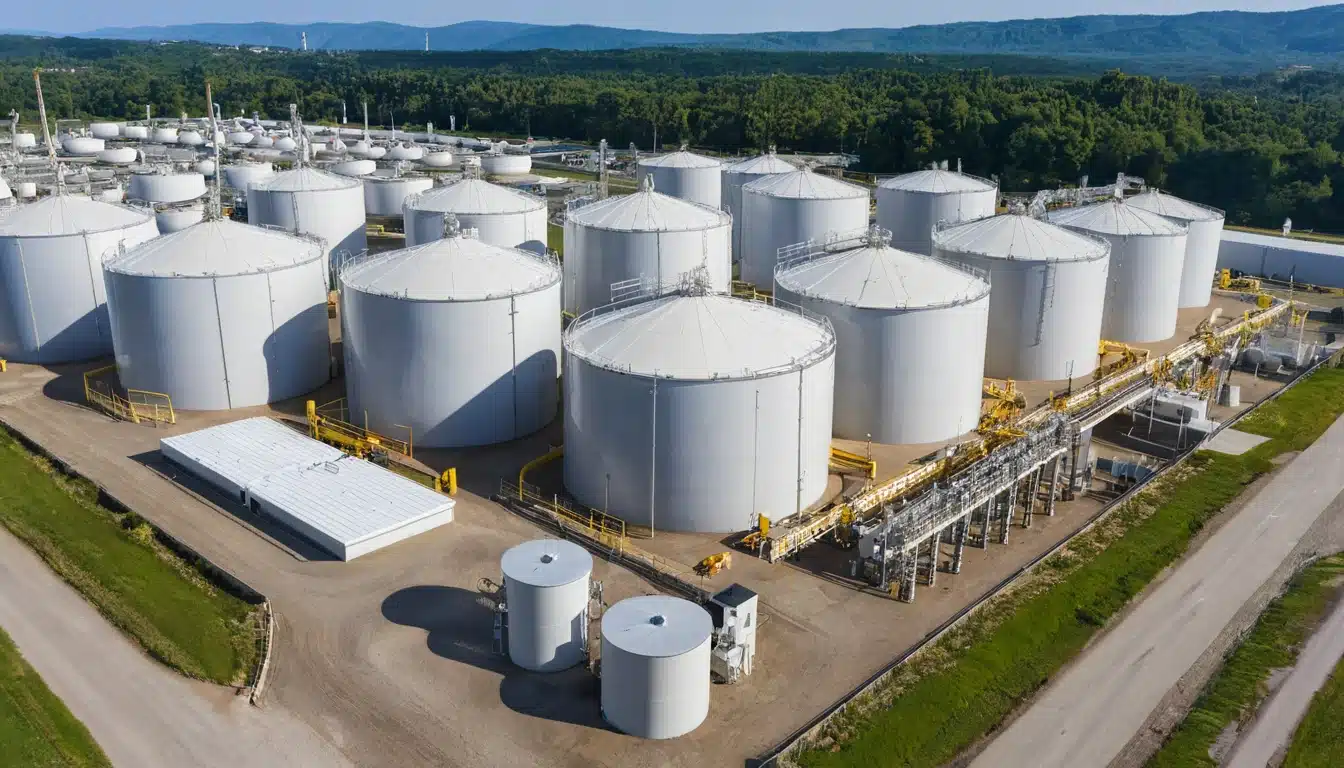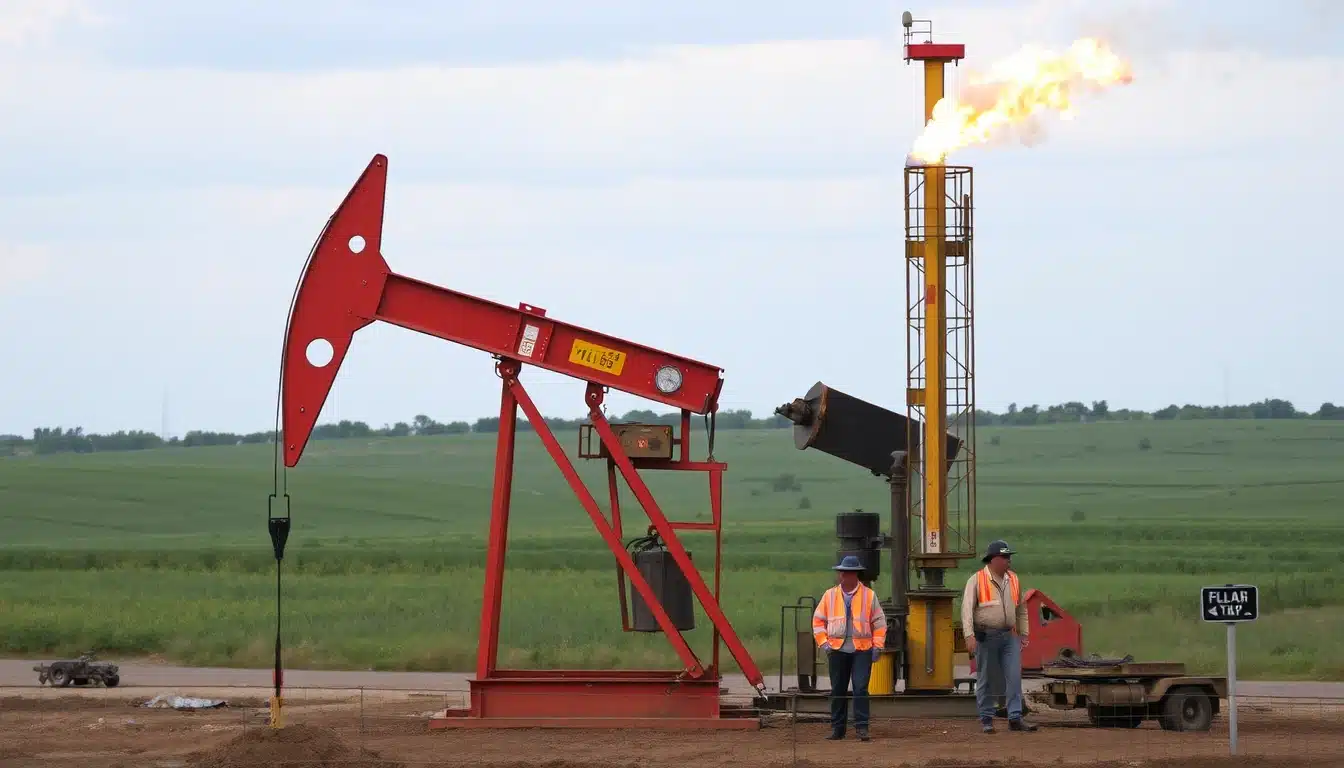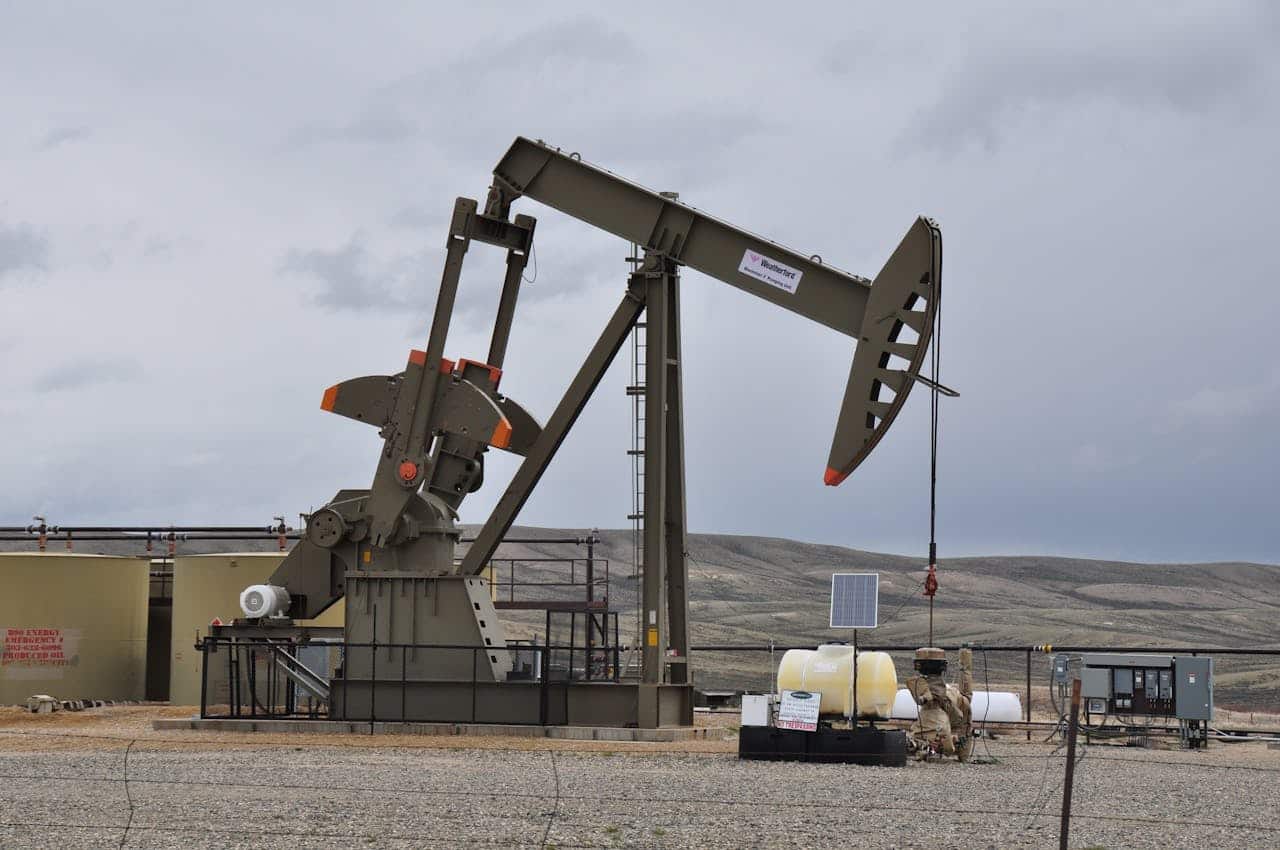Seismic Interpretation & Basin Analysis, Principles and Applications in Rift Basin

| No upcoming Schedule available for this course. | Register |
|---|---|
| Take control of your schedule! Choose your preferred dates and locations. click the register button. | Register |
| Date | Venue | Duration | Fees (USD) | Register |
|---|---|---|---|---|
| 24 Nov - 28 Nov, 2025 | London | 5 Days | $6305 | Register → |
Did you know that about 4 billion barrels of oil in place (STOIIP) were discovered in the Albertine and Lokichar rifts, with more than 20 oil fields identified on the East African Rift System (EARS)? This compelling statistic underscores the critical importance of seismic interpretation and basin analysis in today’s hydrocarbon exploration.
Course Overview
The Seismic Interpretation & Basin Analysis course is meticulously designed to equip professionals with cutting-edge knowledge in seismic interpretation, basin analysis, and rift basin exploration. This comprehensive programme focuses on tectonic processes, structural geology, and stratigraphy to ensure participants can effectively navigate the complex landscape of petroleum geology.
Why Select This Training Course?
Selecting this Seismic Interpretation Course offers numerous advantages for professionals involved in hydrocarbon potential assessment and seismic data processing. Participants will gain advanced knowledge of fault systems, seismic sequence analysis, and geophysical methods. The course provides hands-on experience with geodynamic evolution and basin subsidence analysis, enabling attendees to optimise their exploration capabilities effectively.
For organisations, investing in this training enhances overall exploration success and strengthens reservoir characterisation capabilities. By ensuring that personnel are well-trained in depositional environments and seismic facies analysis, organisations not only protect their assets but also build sustainable practices. Research shows that companies implementing comprehensive seismic interpretation techniques can significantly improve exploration outcomes. For instance, seismic interpretation in the Bohai Bay Basin, China, demonstrated how effective analysis could enhance reservoir distribution understanding and quality assessment.
Individuals who complete this course will benefit from enhanced career prospects as they become more valuable assets in their respective fields. The skills acquired through this training can lead to professional growth and increased responsibilities within their organisations. Studies from the Neoproterozoic rift basin demonstrate how thorough seismic reflection analysis can reveal significant petroleum potential in frontier areas.
Transform your seismic interpretation capabilities – Join our next session!
Who is this Training Course for?
This course is suitable for:
- Geoscientists and geologists in oil and gas exploration.
- Seismic interpreters focusing on basin analysis.
- Reservoir engineers dealing with rift basin reservoirs.
- Exploration managers and project leaders in hydrocarbon sectors.
- Students or professionals aiming to specialise in rift basin studies.
What are the Training Goals?
The objectives of this training course are to enable professionals:
- To master seismic data interpretation in complex rift basin settings.
- To understand the geological processes that shape rift basins.
- To apply advanced techniques for hydrocarbon exploration in rift environments.
- To leverage technology for more accurate basin modelling and prediction.
How will this Training Course be Presented?
The Seismic Interpretation & Basin Analysis Course employs a comprehensive and innovative approach to ensure maximum knowledge retention and skill development. Expert-led instruction from seasoned geoscientists forms the core of the course, providing up-to-date insights into modern interpretation techniques and practical applications.
Our dynamic training methodology includes:
- Engaging interactive sessions with seismic and basin analysis experts
- Immersive workshops utilising advanced seismic interpretation software
- In-depth hands-on exercises with real seismic data from rift basins
- Thought-provoking group projects solving geological puzzles
- Comprehensive access to extensive digital resources and seismic datasets
Ready to master seismic interpretation? Secure your spot today!
Course Syllabus
Module 1: Seismic Principles in Rift Basin Analysis
- Fundamentals of seismic wave propagation.
- Seismic data acquisition in rift environments.
- Processing seismic data for rift basin clarity.
- Seismic attributes for rift basin interpretation.
- Fault and fracture analysis in seismic data.
- Mapping horizons and stratigraphic units.
- Identifying seismic facies in rift settings.
- Use of 2D and 3D seismic in rift exploration.
- Velocity analysis for depth conversion.
- Seismic resolution challenges in rifts.
- Noise and multiples in rift seismic data.
- Integration of seismic with well data.
Module 2: Structural Geology of Rift Basins
- Tectonics and the formation of rift basins.
- Normal fault geometry and displacement.
- Rift Basin architecture and compartmentalisation.
- Syn-rift and post-rift sedimentation patterns.
- Mapping of basin-bounding faults.
- Transfer zones and their seismic signatures.
- Structural inversions in rifts.
- Seismic expression of rift-related volcanism.
- Subsidence models in rift basins.
- Strain partitioning in rift systems.
Module 3: Stratigraphy and Sedimentation in Rifts
- Depositional environments in rift basins.
- Sequence stratigraphy applied to rifts.
- Seismic stratigraphy of syn-rift sequences.
- Lake systems in rift basins and their seismic record.
- Alluvial fans and their seismic signatures.
- Identification of unconformities in rifts.
- Clastic vs. carbonate sedimentation in rifts.
- Progradation and retrogradation in rift settings.
- Sandstone distribution in rift basins.
- Impact of tectonics on sediment distribution.
Module 4: Rift Basin Geophysics
- Gravitational and magnetic anomalies in rifts.
- Integration of seismic with gravity data.
- Use of magnetotellurics in rift exploration.
- Thermal history from seismic data.
- Seismic inversion for rift basin properties.
- Seismic tomography in rift settings.
- Anisotropic effects in rift basin seismic.
- Seismic velocity models for rift basins.
- Calibration of seismic with well logs.
- Geomechanical analysis from seismic.
- Seismic imaging of complex rift structures.
- Pore pressure prediction in rift basins.
Module 5: Seismic Facies Analysis
- Facies classification in seismic data.
- Seismic patterns of rift basin fill.
- Fluvial, lacustrine, and deltaic facies in rifts.
- Seismic expression of turbidite systems.
- Interpretation of seismic facies boundaries.
- Seismic reflection character analysis.
- Facies change across fault zones.
- Seismic geomorphology in rift basins.
- Application of seismic facies in reservoir characterisation.
- Time-lapse seismic for facies dynamics.
Module 6: Hydrocarbon Systems in Rift Basins
- Source rock evaluation using seismic.
- Migration pathways and traps in rifts.
- Seismic indicators of hydrocarbon charge.
- Direct hydrocarbon indicators (DHI) in rifts.
- Seismic amplitude vs. offset (AVO) analysis.
- Fluid prediction from seismic attributes.
- Seismic imaging of hydrocarbon accumulations.
- Seal integrity analysis in rift settings.
- Exploration risk assessment in rift plays.
- Seismic evidence for secondary migration.
Module 7: Seismic Data Visualisation and Interpretation
- Advanced visualisation techniques for seismic data.
- Interactive 3D seismic interpretation.
- Use of virtual reality in seismic analysis.
- Software tools for seismic interpretation.
- Cross-section construction and validation.
- Seismic horizon flattening for interpretation.
- Volume attribute analysis for structural detail.
- Seismic geobody extraction for reservoir mapping.
- Fault seal analysis using seismic data.
- Seismic data integration with geological models.
Module 8: Uncertainty and Risk in Seismic Interpretation
- Quantifying uncertainty in seismic data.
- Probabilistic approaches to seismic interpretation.
- Risk assessment in rift basin exploration.
- Sensitivity analysis in seismic interpretation.
- Error propagation in seismic analysis.
- Impact of data quality on interpretation.
- Strategies for managing interpretation uncertainty.
- Decision-making under geological uncertainty.
- Calibration of seismic interpretations.
- Validation of seismic models.
Module 9: Machine Learning in Seismic and Basin Analysis
- Machine learning algorithms for seismic data.
- Classification of seismic facies with AI.
- Predictive analytics for stratigraphy.
- Deep learning for fault detection.
- Automated seismic interpretation workflows.
- Anomaly detection in seismic images.
- Use of neural networks in basin analysis.
- Enhancing seismic resolution through AI.
- Big Data in seismic interpretation.
- Integration of machine learning with traditional methods.
Module 10: Rift Basin Modelling
- 3D geological modelling of rift basins.
- Forward and inverse modelling techniques.
- Basin simulation for hydrocarbon systems.
- Thermal and subsidence modelling.
- Fluid flow simulation in rift basins.
- Predictive models for rift basin evolution.
- Integration of seismic with basin models.
- Calibration of models with seismic data.
- Sensitivity analysis in basin modeling
- Stochastic modelling for rift basin uncertainty.
Training Impact
Research indicates that organisations implementing structured seismic interpretation training programmes have demonstrated measurable benefits in both exploration success and reservoir characterisation. Case studies highlight the following comprehensive improvements:
From East African Rift System implementation:
- Successful identification of over 20 oil fields
- Enhanced understanding of basin evolution and petroleum systems
- Improved exploration success rates
- Strengthened reservoir characterisation capabilities
Additional benefits include:
- Significant improvement in seismic data interpretation accuracy
- Enhanced decision-making capabilities in exploration
- Improved ability to identify hydrocarbon prospects
- Strengthened basin analysis strategies
- Increased operational resilience through comprehensive analysis
Transform your career in seismic interpretation – Enrol now!








